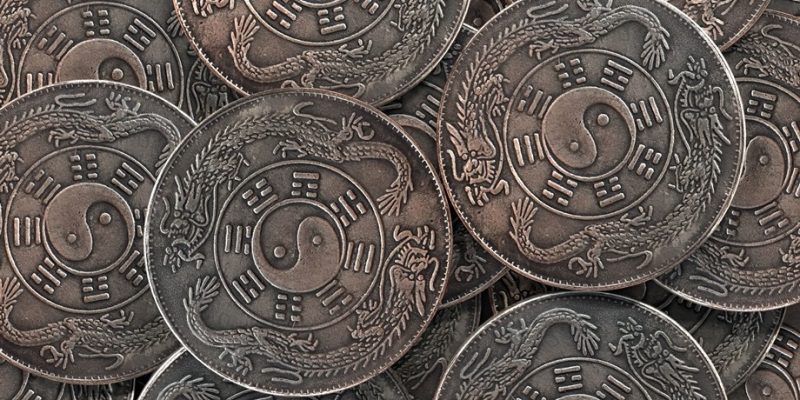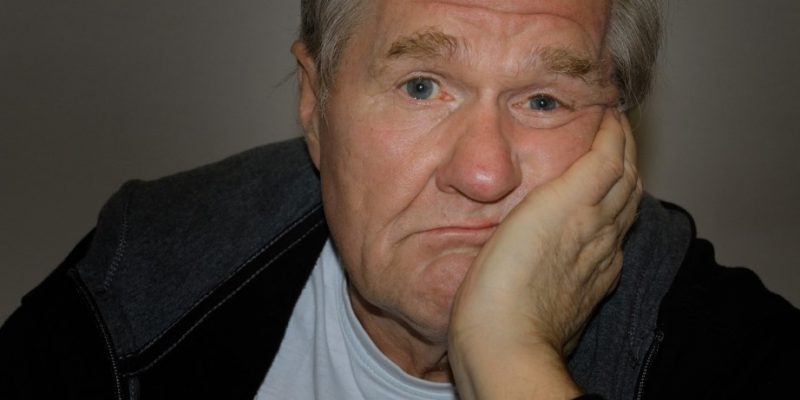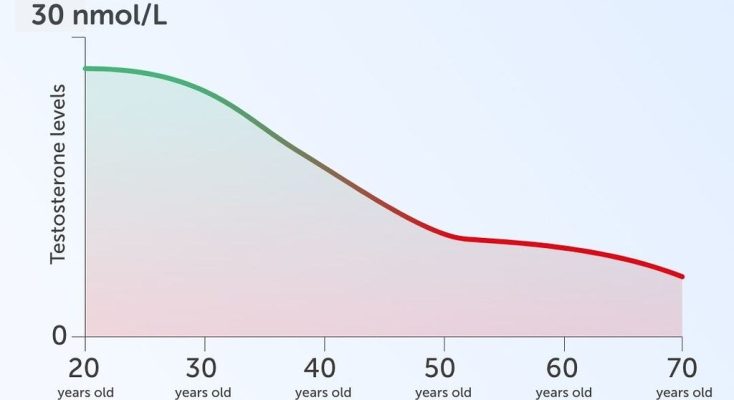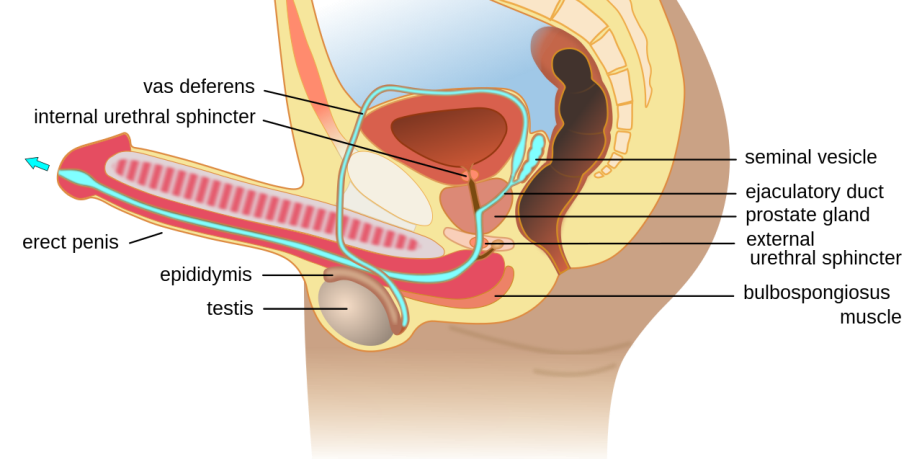
Male ejaculation is the process of releasing semen through the penis, outside the body. It typically occurs on reaching a sexual orgasm, although it can also happen without an orgasm.
Now, apart from producing sperm cells and testosterone, among other substances, the testicular region also plays an important role during ejaculation.
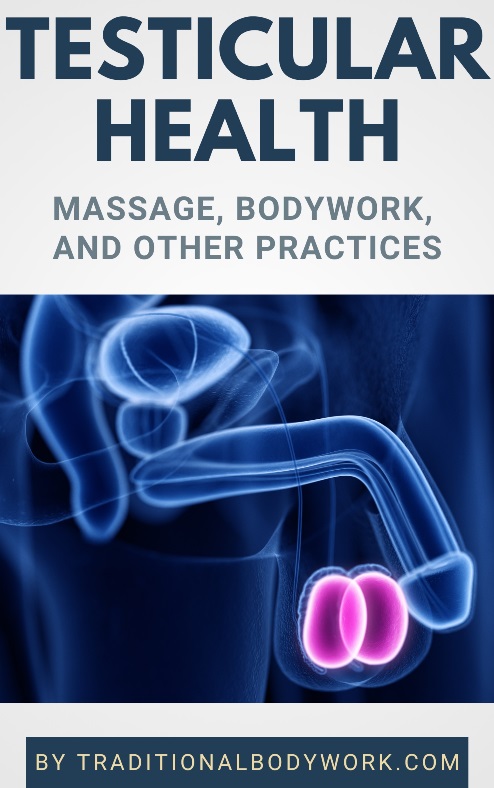
Note: here below we describe the process for one testicle, but in reality both testicles do the same work.
The process of ejaculation starts with the epididymis (the tube that is connected at the back of each testicle and which receives sperm from them) and the vas deferens duct (the tube that moves sperm from the epididymis further up).
When ejaculation occurs, sperm — through contractions of the muscles around the epididymis — is forcefully pushed from the tail of the epididymis into the vas deferens duct.
Subsequently, the muscles around the vas deferens contract and sperm advances up the spermatic cord into the pelvic cavity and to the prostate.
During this activity of the epididymis and vas deferens, the scrotum and testicles are felt contracting and come somewhat higher up.
Then, when sperm has come near the prostate the vas deferens joins with the seminal vesicle (which releases additional seminal fluids and is also called the vesicular gland) to form the ejaculatory duct, which passes through the prostate and goes into the urethra (the tube that connects the urinary bladder to the end of the penis for the removal of urine).

The prostate — through prostate muscle cell contractions — also secretes fluid during ejaculation (which through its ducts flow into the urethra), being milky in aspect and containing about 30% of the total volume of semen besides the sperm cells and seminal vesicle fluid. In addition, the contractions of prostate muscles help to push semen through the urethra in the direction of the penis.
Mind that at the location where the ejaculatory duct enters the urethra the paired testicle tube system ends (that is, both ejaculatory ducts empty their contents in the urethra, now becoming one canal to further release the semen).
Additional rhythmic muscle movements then push the sperm forward through the urethra, while the muscles at the base of the penis contract recurrently and force the semen out of the penis in several spurts.





